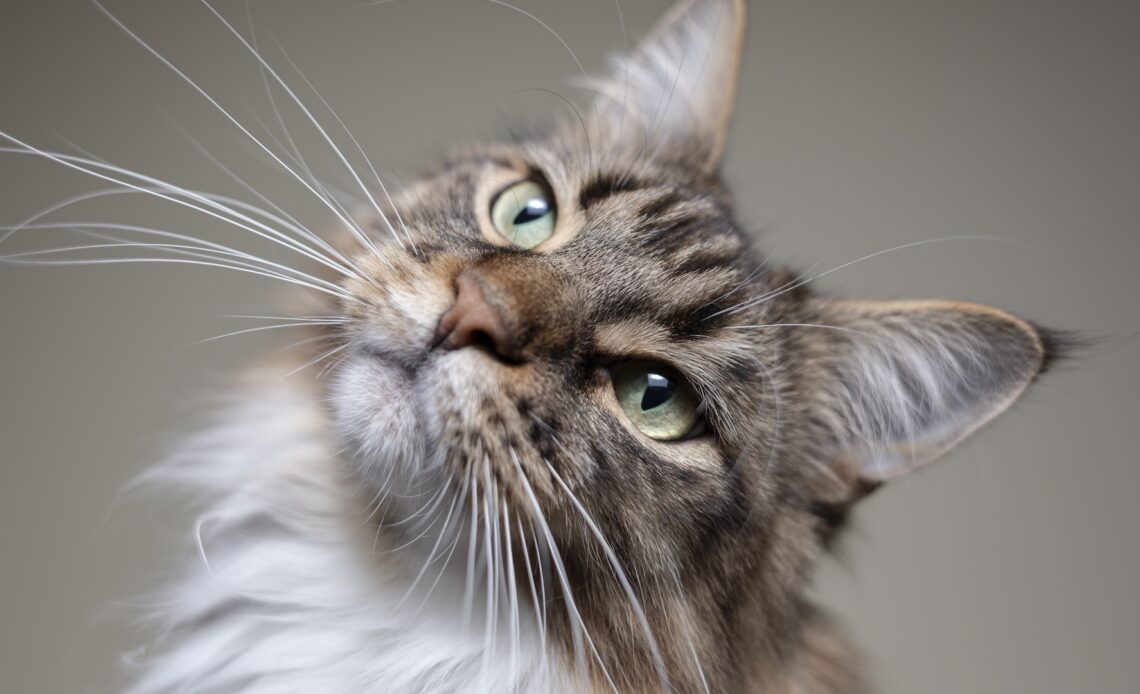Cats perform better than toddlers on a simple measure of language comprehension. The research, published Oct. 4 in the journal Scientific Reports, revealed that cats form associations between pictures and words around four times faster than human toddlers do.
Language is the most important tool humans use to communicate. But the ability to comprehend speech is not unique to Homo sapiens. Some apes associate spoken words with written symbols or pictures, while African gray parrots can understand and respond to spoken instructions. Dogs, meanwhile, have been trained to understand and respond to simple vocabulary.
However, we know far less about humans’ other major companion, cats. “Cats can definitely recognize the sound of words coming from people, and more and more studies prove that cats rely on interaction with humans in problem-solving,” Dr. Carlo Siracusa, a veterinary behaviorist at the University of Pennsylvania, told Live Science. There is even limited evidence that cats can respond to pointing, and research in the past five years has shown that cats can recognize not only their own names but also those of familiar humans and animals. But can they associate words and objects more generally?
Related: Over 40% of pet cats play fetch — but scientists aren’t quite sure why
To test this theory, Saho Takagi and her team at Azabu University in Japan gave 31 adult cats a simple word game used to investigate the same ability in babies. The cats were shown two nine-second cartoon clips with recordings of their owners repeating a made-up word over each image. The sequence of clips — a red sun labeled “paramo” and a blue unicorn with the word “keraru” — was repeated until the cats appeared to get bored and paid 50% less attention to the screen.
After a short break, the image clips were repeated, but this time, half of the pairings were inverted. The switched clips visibly confused the cats, with recordings of “paramo” alongside the unicorn and “keraru” with the sun holding feline interest an average of 15% longer. That the cats noticed this change and were clearly perplexed by it is good evidence that they had formed a link between the words and images, Takagi and colleagues wrote in the study.
“Some cats even gazed at the screen with their pupils dilated during the ‘switched’ condition,” Takagi told Science magazine. “It was cute to see how seriously they participated in the experiment.”
Click Here to Read the Full Original Article at Livescience…

